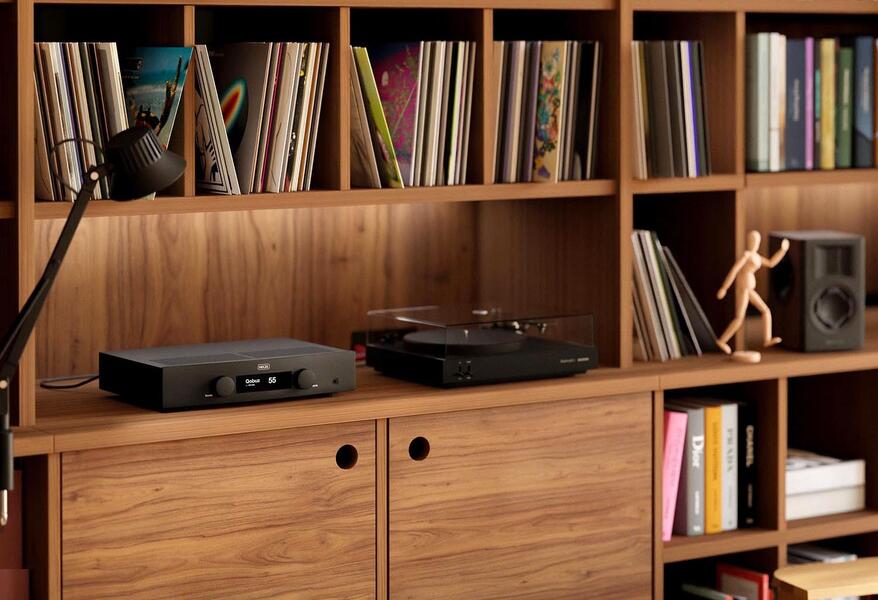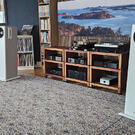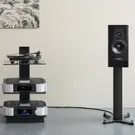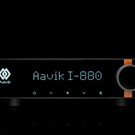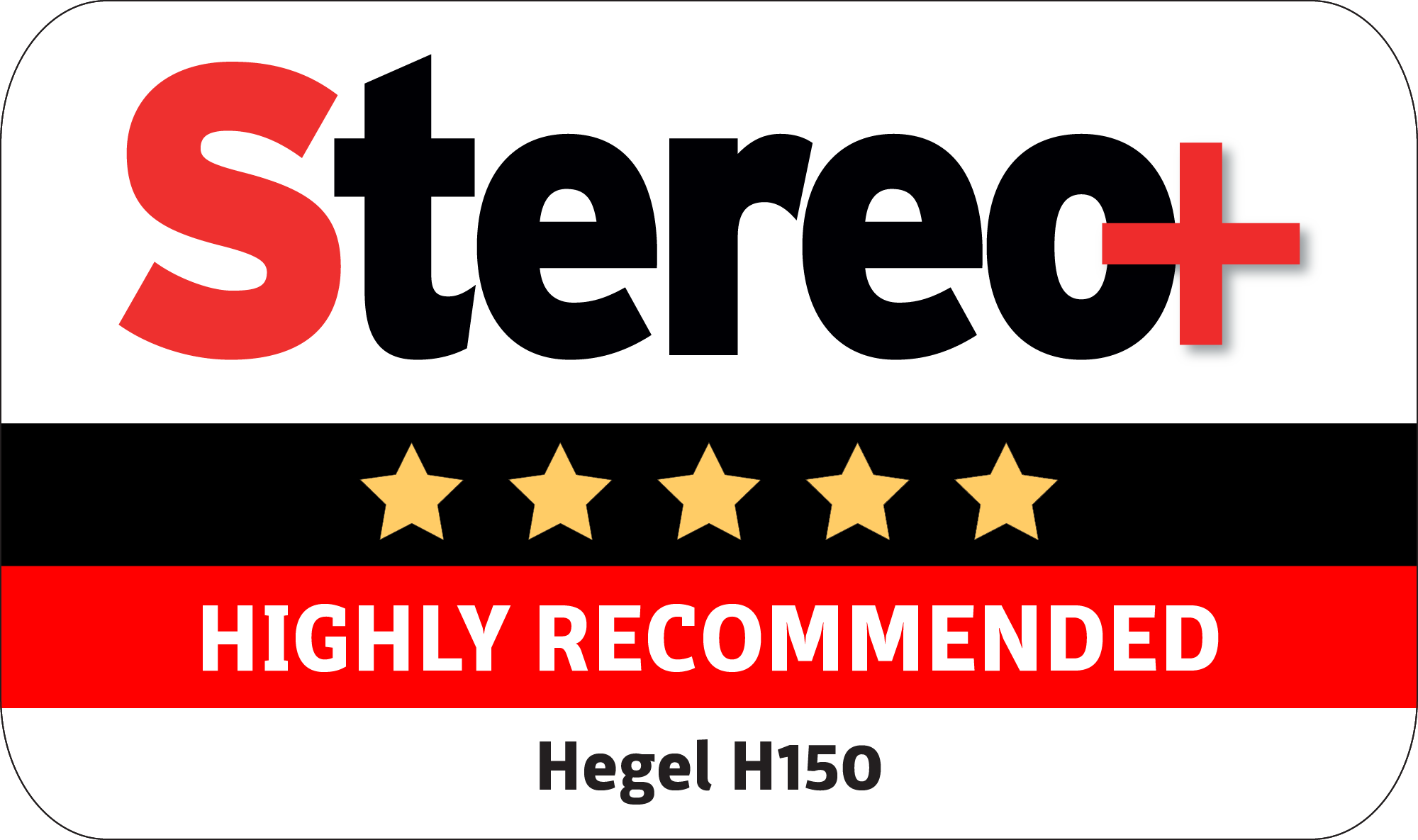Hegel is a real success story. From a rather modest start, Bent Holter and the rest of the team in the research park have built up a company that is mentioned in virtually every context where hi-fi is discussed, especially when it comes to their integrated amplifiers.
Alongside the development of their amplifier technology, there have also been a few digital products. Their DAC D50 and the Viking CD player—both products that have done well internationally and have also been thoroughly and positively reviewed by Norwegian and Nordic hi-fi magazines.
The integrated amplifier H600 inherited important technology from Hegel’s P30A. The H150 is clearly inspired by the H400, and perhaps the H150 makes it possible to raise the sound quality of the H95 just a notch. At the same time, I wouldn’t bet much money that the latter won’t appear as a new model called H100 in the future.
No matter what is said about sound quality versus price when development work begins, it always seems that relatively affordable units—whether you like it or not—have to deal with sharper and tougher competition for customers than more expensive products. Not that more expensive integrated amplifiers don’t have to sound good for the price, but in the H150’s price class there are many more customers and many more good competitors to consider.
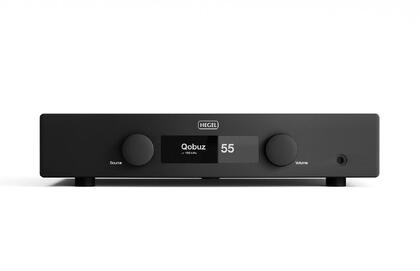
Is it powerful enough?
The answer to that is a resounding yes. Not once during the test did I feel the need for more power than the Hegel H150 can deliver. 2 x 75 watts might look a little modest on paper, but as long as your speakers are of normal size, your room doesn’t look like a gymnasium, and you don’t play above 110 dB most of the time, power delivery is not an issue.
It wasn’t long ago that I read an article saying that hi-fi enthusiasts who care about listening and sound quality rarely go much over 90 dB. Then you really only need a couple of watts, and it may seem that it’s not the last 5–6 dB that matter, but the first ones. Still, it’s fair to say that with larger amplifiers such as the H400 or H600, the choice of speakers becomes much more flexible. Then you can connect the most power-hungry speakers on the market and forget any concern about whether the amplifier is big or strong enough.
With the H150, a slightly different approach is required when investing, but with a bit of common sense, it’s still possible to build very discerning systems with amplifiers even in this price range.
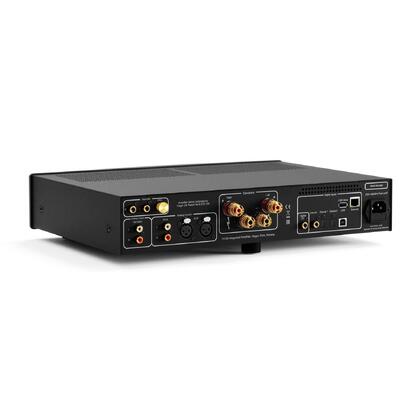
Good equipment package
The amplifier is well-equipped, with no shortage of inputs and outputs. On the back you’ll find three analog inputs: one (true) balanced XLR, one unbalanced RCA for standard line signals, and a phono input (MM). But you can also connect it further to an external power amplifier via an RCA line output if you want to use the H150 as a preamplifier in a larger system.
It also has a good selection of digital inputs: one coaxial, two optical, USB-B, USB-A for an external drive, and network. Coax, USB, and network allow resolutions up to 24/192, while the optical is limited to 24/96. You’ll also find a coaxial digital output—if you want to connect the amplifier to or via an external DAC using Hegel’s special DAC loop. This lets you send the digital signal to an external DAC and return it to the H150. That means you can play with an even better DAC, if you have one available, without losing any of the functionality or ease of use of the H150.
Some may miss wireless network and Bluetooth, but I’m not sure if that’s crucial in this class. Since it’s so easy to connect a network cable to the back and use it for Spotify Connect, Tidal Connect, Qobuz Connect, Apple AirPlay, Google Cast, Internet radio, and UPnP, it seems well-prepared digitally. Roon certification is also promised in the near future.
You can set up a multi-room system directly from the device, and it also responds to voice commands from Google or Apple Home.
Many amplifiers boast about their HT inputs so that you can use the amplifier as a pure power amplifier in a home theater setup. With Hegel you get a slightly different solution. All inputs can easily be set to fixed volume via the menu. If you have an external streamer/preamplifier, you can control the sound with that unit’s volume control and only use the Hegel H150 as a power amplifier. If you need to play records, just connect your turntable to the phono input and control it with the H150’s volume control. It’s actually very user-friendly once everything is set up.
Digital features
Hegel does not specify on their website which DAC chip they use but simply states that it is a custom four-layer chip inspired by the Viking CD player. That player, as most people surely know, was showered with praise when it hit the market. We cannot expect the DAC in the H150 to be quite that good, but it will be exciting to see how close you can get with a DAC in an integrated amplifier when the whole solution costs 20k less than the Viking CD player. If it has some of the same musicality and resolution, there is every reason to be excited.
You can use a hard drive as a source
On the USB-A input, you can connect a flash drive or hard drive, which may inspire you to finally rip the CDs in those cardboard boxes in the basement onto a disk (and make a copy, too). The library of ripped CD files is controlled from the Hegel app on your phone.
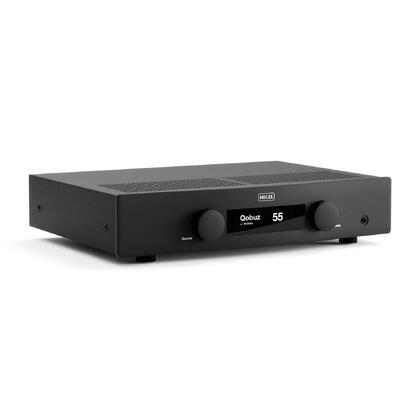
The sound
Even though Hegel has developed, refined, and perfected their amplifiers along the way, I feel they had a real breakthrough with the H600. Now that sonic lift has also arrived in the mid-weight and mid-priced H150. I am absolutely convinced that Hegel has never before come this close to delivering this much quality for the money. You hear it right away. It plays solid, controlled, and very detailed straight out of the box, and it only gets better after a few days of use.
Hegel’s strength has always been bass control, and you immediately notice this with the H150. In fact, so much so that I can understand why some people think Hegel is a little lean in the bass, but it doesn’t lack anything at all. It just removes a lot of sonic debris that people are used to hearing in the bass region and that many stereo fans might call “fat bass.” It takes a little time to get used to the bass being this tight, controlled, and precise—not just in the attack but also in the decay of the deepest frequencies. Still, after listening to the H150 for a while, it’s clear that this approach to the lowest frequencies brings extra life, precision, and dynamics to the mid-bass and midrange. It is simply incredibly open, detailed, precise, and transparent for an integrated amplifier in this price class. Of course, one is free to like whatever one prefers, but you still can’t escape the fact that the Hegel H150 exudes quality—no matter what you feed it with, whether analog or digital signals, or even a turntable. I, and probably others, might miss an MC input for turntables, but that’s a demanding and costly need to satisfy.

The music
I start with Leprous and “I Lose Hope.” It has a heavy and punchy rhythm track, followed by Einar Solheim’s fantastic vocals. The bass is cleaned up, but I also get impressive weight and punch that set the air in motion in my living room. The track isn’t super well-produced, but the amplifier takes hold of the music and creates space and separation between the instruments, unfolding a huge soundstage in front of me.
Bob Dylan isn’t common listening at home, perhaps partly because of my small issues with harmonica, but I must say “Girl From The North Country” sounds fabulous. The voice is focused dead center, and the slightly brittle, somewhat old-fashioned guitar sound comes through in a way that few other systems have matched for me.
Next, something far more modern: Peder af Ugglas’ beautifully recorded “Blue Departure.” Talk about restraint in guitar playing! You’re always waiting for him to stomp the volume pedal and unleash full distortion, but here it’s delicate playing, musicianship, and excellent dynamics that rule. Finally, it all breaks loose with everything you’ve been waiting for, full organ included. Magnificent! Hegel handles this perfectly, balancing great weight in the bass, lovely guitar tone, and a huge, airy soundstage that is both deep and wide. Why haven’t we heard this track at hi-fi shows before? Maybe because when the ending comes with such massive pressure, listeners might want to dive behind the sofa. But isn’t that part of the fun when it’s delivered this well and this genuinely?
I finish the afternoon’s session with Jacob Collier and Lianne La Havas performing “Everybody Here Wants You,” which may be a fitting title for this amplifier. The bass is solid, punchy, and squeaky clean, and it’s rare to hear so much resonance around deep instruments like kick drum and bass guitar. The rest of the track is an exercise in vocal harmonies, something the amplifier manages to keep impressively separated so that each tone and harmony remains distinct and transforms from compact and nearly impenetrable to resolved and transparent.
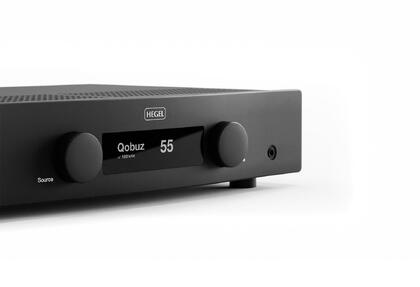
Conclusion
Despite competitors such as Yamaha, Rotel, Cambridge, NAD, Rega, Musical Fidelity, and many others having products in roughly the same price range—all with feature sets that are at least comparable—the Hegel H150 does very well against all of them. The drive and weight it delivers are highly impressive, and when it combines that with very high precision and clarity usually only found in higher price classes, this becomes a product that delivers a tremendous amount of hi-fi fun for the money.
The amplifier is also well-balanced in terms of both sound and features, and it’s hard to find anything in the overall experience that could realistically be much better without the price shooting up dramatically. Most likely, an audible improvement in all parts of the electronics would end up in an amplifier at least twice the price—and then we’re talking about the Hegel H400.
If it weren’t for the fact that I’m constantly accused of favoring Norwegian manufacturers, even though Hegel is praised internationally, I’d simply say that the H150 is a fantastic integrated amplifier.

 Vipps oss en gave: 129702
Vipps oss en gave: 129702